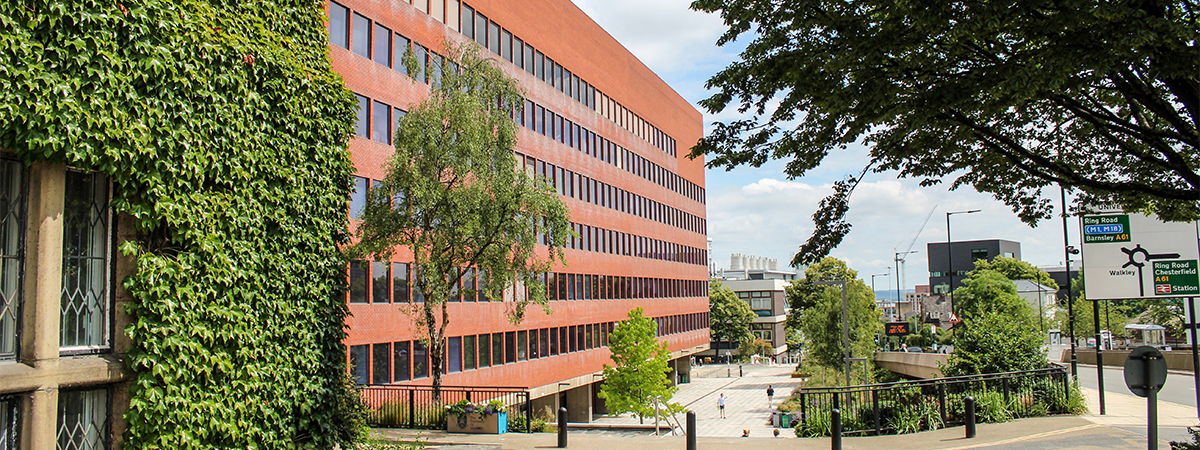
Sustainable Cities
Posted on 11th February 2021

As the global population continues to increase and life advances in conjunction with the modern pandemic, we are changing the way we live our lives. Our planet continues to be in greater danger than ever before from our harmful way of living and our disproportionate levels of waste.
“Cities are on the front line of coping with the pandemic and its lasting impacts. Across the globe, COVID-19 is threatening cities and communities, endangering not only public health, but also the economy and the fabric of society” (UN Covid response)
Governments and local authorities will now be feeling the pressure from Generation Z, fighting for environmental change and encouraging us to look at new ways to become sustainable and survive the endemic that will be Covid of the future. City planners are turning towards community development and sustainable schemes in order to lead us into a pandemic safe future.
We are being forced to embrace a more flexible way of living. Schooling and office hours have altered how and where we live.
“If you can actually reschedule cities thanks to the newfound flexibility following the pandemic there could be ... a big impact,” said Carlo Ratti, director of the SENSEable City Laboratory at the Massachusetts Institute of Technology.
“One of the tragedies of cities in the 20th century was really having everything synchronised, so you had peak hour, rush hour, and then there was a lot of congestion.”
Cities and urban areas account for almost ¾ of the world’s emissions and these areas have to be our focus in order to reduce global warming. Allowing people to start work and school at varied hours could reduce pressure on our transport systems and in turn levels of pollution.
Sweden has recognised the need for change and has already implemented an energy scheme that rewards households and businesses that are able to be more flexible in their energy use, for example using machinery at off peak times.
The pandemic has highlighted how our cities can continuously change and morph in response to our needs. Parks, green spaces, streets, woodlands and waterways can all link up to create a network of public spaces to benefit our communities in new ways. These areas can provide accessible green routes for walking and cycling, help filter polluted air, absorb and store rainwater, increase local food production and encourage biodiversity and provide habitat for wildlife.
City Planners will have to consider how to protect and maximise these broader benefits. Many urban local authorities in England have already mapped their open space networks as part of their open space strategies.
There is an increasing demand for communities to grow their own food. The demand for land for food far exceeds the supply. Food growing can be a great way to engage as well as improving people's health. For example, the London Wildlife Trust has set up temporary allotments on a site awaiting development behind the British Museum in London. The pandemic has certainly raised the question, was our way of life really working?
A series of green public spaces will be landscaped around the Water Orton viaducts that Weston Williamson + Partners has designed in Warwickshire for the High Speed Two railway.
The proposal is to have a low visual impact on existing rural landscapes in the area, there will also be large expansive areas between their supporting piers, creating space at ground level for the landscaping of green public spaces including allotments and a "community-led orchard".
"Our approach at Water Orton has been to design structures which are in constant dialogue with the landscape, in parts screened and concealed by vegetation and elsewhere emerging into clearings, creating a bold and dramatic view," said Nick McGough, the studio's associate partner.
"This minimises the locations where the structure touches the ground, improves the sustainability performance of the viaducts, and also creates opportunities for new green spaces and community amenities."
In addition to these grand schemes there are also many small local plans. In Northamptonshire the county council has worked with local organisations to create 80 pocket parks scattered through the towns and villages of the county, to provide important places for people to enjoy the natural environment.
All Urban landscaping is designed with the environment in mind. Increased green areas make a community more attractive, vibrant and inclusive.
Bailey Street Furniture Group offers the combination of innovative design, clever solutions and smart technologies for our urban regeneration and reallocation needs. BSFG believes that investing in well-designed unrestricted urban spaces is vitally important, our immediate surroundings and environment benefit our quality of life and promote a healthier future that we all so depend upon.
Using world class design teams and utilising environmentally sustainable materials in conjunction with leading edge technology, Bailey Street Furniture Group create inspiring integrated urban furniture with our future needs in mind.
For more information on BSFG please contact their team on 01625 322 888 or email enquiries@bsfg.co.uk. To view the company’s wide range of high-quality street furniture visit their website www.bsfg.co.uk








